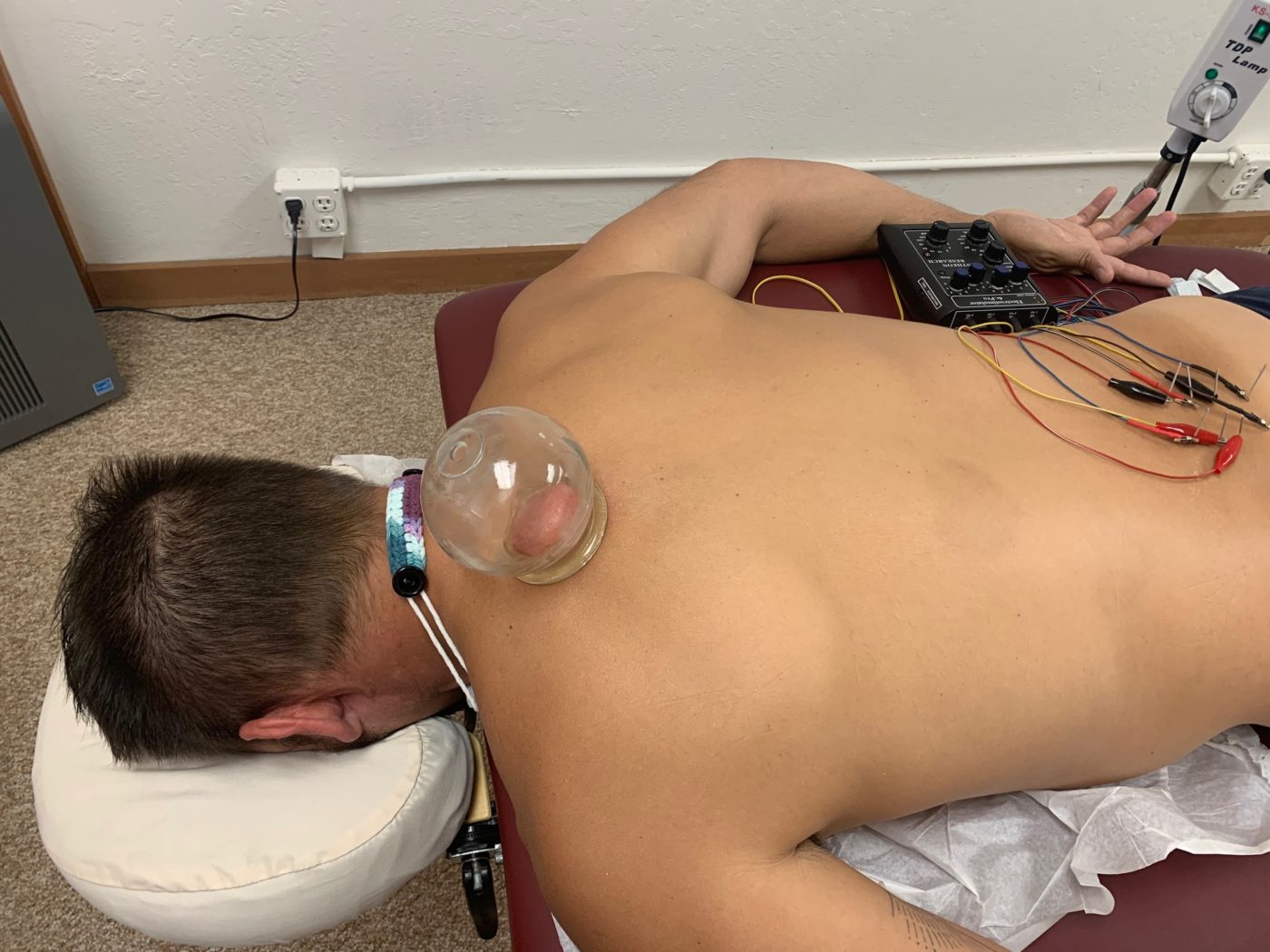Acupuncture, a cornerstone of Traditional Chinese Medicine (TCM), has been practiced for thousands of years. As science and technology have advanced, so too has the application of this ancient healing art. One of the most notable innovations is electro-acupuncture, which combines traditional acupuncture, orthopedic acupuncture and dry needling with electrical stimulation. In this blog post, we will explore the origins of electro-acupuncture, delve into its mechanism of action, and discuss the research findings that have expanded our understanding of this powerful therapy.
The Birth of Electro-Acupuncture

Electro-acupuncture was first developed in the 1950s in China as a means to enhance the effects of traditional acupuncture. By applying a mild electrical current to acupuncture needles, practitioners aimed to provide stronger stimulation to the targeted acupoints and improve treatment outcomes. Electro-acupuncture quickly gained popularity and is now practiced by acupuncturists worldwide.
Understanding Electro-Acupuncture
Electro-acupuncture involves the insertion of thin, sterile needles at specific points on the body, just like traditional acupuncture. Once the needles are in place, a small device is connected to the needles to deliver a gentle electrical current. The intensity, frequency, and duration of the electrical stimulation (e-stim) can be adjusted to suit the needs and comfort of the patient. The combination of acupuncture and electrical stimulation is believed to provide enhanced therapeutic effects compared to traditional acupuncture alone.
Mechanism of Action: How “E-Stim” Works
Research on electro-acupuncture, or just e-stim for short, has uncovered several mechanisms of action that contribute to its therapeutic effects:
- Pain relief: Electro-acupuncture has been shown to stimulate the release of endorphins and other pain-relieving chemicals in the body. These natural painkillers bind to the same receptors as opioid medications, providing pain relief without the risk of addiction or other side effects.
- Anti-inflammatory effects: Studies have found that it can help modulate the immune system, reducing the production of pro-inflammatory cytokines and promoting the release of anti-inflammatory cytokines. This can help to reduce inflammation and promote tissue healing.
- Enhanced blood flow: Electro-acupuncture can increase blood flow to the targeted area, delivering oxygen and nutrients to damaged tissues and facilitating the removal of waste products. This can accelerate the healing process and alleviate pain.
- Neuromodulation: Electro-acupuncture has been found to stimulate the nervous system, modulating the activity of nerve cells and the release of neurotransmitters. This can help to regulate pain signals and promote overall well-being
Research Findings
Numerous studies have investigated the efficacy of electro-acupuncture for various conditions. Some of the most notable findings include:
- Chronic pain: Research has shown that it can provide significant relief for chronic pain conditions, such as low back pain, neck pain, and fibromyalgia. Patients treated with electro-acupuncture often report improvements in pain, function, and quality of life.
- Postoperative pain: Several studies have found that it can effectively reduce postoperative pain and the need for pain medications following surgery.
- Neuropathy: Electro-acupuncture has been shown to improve nerve function and reduce pain in patients with peripheral neuropathy, a condition often caused by diabetes or chemotherapy.
Conclusion
Electro-acupuncture is a modern adaptation of an ancient healing technique, offering a powerful combination of traditional acupuncture and electrical stimulation. Research has provided insight into the mechanisms of action underlying its therapeutic effects, including pain relief, anti-inflammatory properties, and neuromodulation. If you are considering electro-acupuncture as a treatment option for pain or other health concerns, you can give us a call at 510-629-9456 to book an appointment. You can also click the link below to schedule online.